In an aggressive move to address white-hot inflation that is plaguing the economy, frustrating consumers, and stifling the Biden administration, the Federal Reserve Bank raised interest rates by three-quarters of a percentage point on Wednesday.
It’s the biggest rate climb starting around 1994, and will influence a great many American organizations and families, pushing up the expense of getting for homes, vehicles and different credits to compel a lull in the economy.
Until this week, financial specialists and financial backers had anticipated that the Fed should raise its benchmark loan fee by a portion of a point, the second such move over the most recent 22 years. Notwithstanding, after a lamentable expansion report on Friday uncovered that cost climbs are widening across the whole economy, assumptions increased for a more emotional rate climb.
In a post-meeting news gathering, Federal Reserve Chairman Jerome Powell recognized that a three-quarter-point rate climb “is a strangely huge one.”
While Fed authorities “don’t anticipate that moves of this size should be normal,” Powell said, he noticed that the national bank would almost certainly talk about raising rates by 75 premise focuses or only 50 premise focuses at its next gathering, on July 26-27.
The US securities exchange energized after the declaration, with the Dow up in excess of 500 focuses as financial backers deciphered the national bank’s activities as a strong obligation to cutting down expansion.
“It was the thing everybody was expecting,” said Jeffrey Frankel, co-president at Stuart Frankel and Co. “What Powell is talking about after the declaration, that he will be adaptable about future rate climbs, the market appears to be content right now.”
Americans are battling with increasing expenses from the supermarket to the service station and the Fed is commanded with the assignment of keeping costs stable. Flooding costs on everything from food to gas – – which has hit a progression of day to day record highs in the previous month – – have prompted the most minimal purchaser feeling starting around 1952.
As per an assertion delivered Wednesday by the Federal Open Market Committee, the democratic arm of the national bank, 10 out of 11 democratic individuals were supportive of the climb. One solitary protester, Kansas City Fed President Esther George, decided in favor of a half-rate point climb.
The board of trustees said in its proclamation it was “unequivocally dedicated to returning expansion to its 2% goal.” This is logical planned as a reaction to analysis that the Fed has been sub-par in handling the country’s expansion issue. It additionally demonstrates that more forceful climbs are not off the table.
The national bank likewise diminished its financial projections for 2022, stirring up recessionary apprehensions: The Fed’s middle GDP conjecture for 2022 is presently 1.7%, down altogether from 2.8% in March.
Strikingly, the Fed doesn’t foresee a reduction in expansion this year and sees joblessness ascending to 3.7% in 2022, higher than its March forecast.
At the point when the pandemic originally stirred things up around town States, the Fed carried out a progression of crisis measures to help the economy, including cutting its loan fee to nothing, making it practically allowed to get cash. However, while that “pain free income” strategy energized spending by families and organizations, it likewise took care of expansion and added to the present overheated economy.
Now that the economy never again needs support from the Fed, the national bank has been doing whatever it may take to “eliminate the punch bowl” and dial back the economy by forcefully climbing financing costs.
The Fed’s activities will build the rate that banks charge each other for short-term getting to 1.5%-1.75%, the most noteworthy since before the pandemic hit the United States.
The rate climb isn’t completely surprising: Some significant banks, including Barclays, Jefferies, Goldman Sachs and JPMorgan, all normal the Fed to expand its rate by 75 premise focuses, or 3/4 of a rate point.
The national bank declaration came at the finish of its two-day policymaking meeting.



